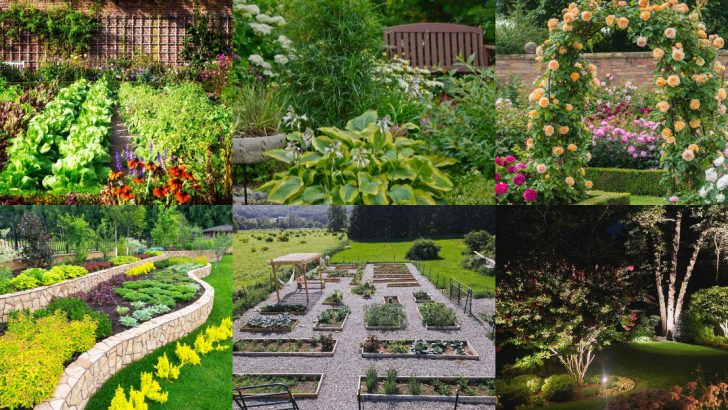Small yards aren’t the problem. It’s the choices we make inside them that shrink the space. That towering shrub? It’s swallowing your view. The cramped path? It’s turning your garden into a maze. And that patch of lawn in the middle? It’s not helping anyone. Good design doesn’t require more square footage—just better moves. A few smart tweaks can trick the eye, stretch the space, and turn a tight garden into a grand escape. Ready to break free from the squeeze? Let’s fix the six common mistakes and reveal six easy wins that’ll open up your yard like never before.
Overcrowding Plants
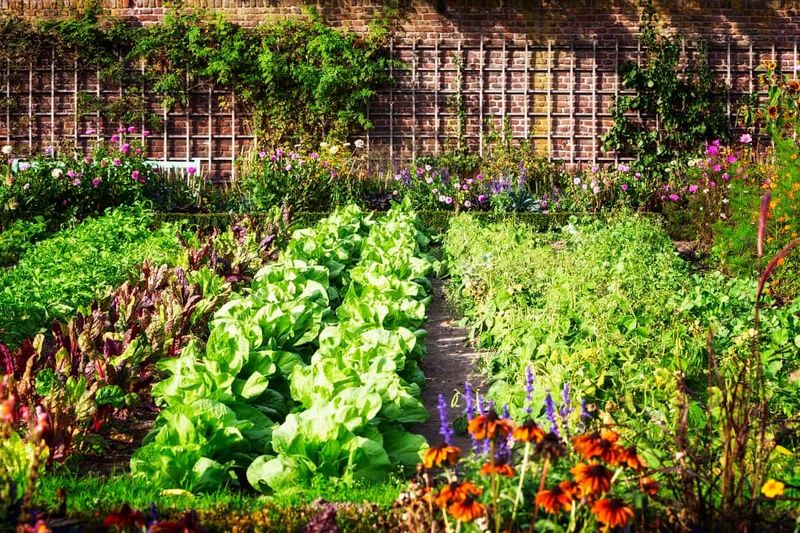
A garden overflowing with tightly packed plants might seem lush, but can actually make your space feel confined. When every inch is packed with foliage, your yard loses its sense of openness. Consider spacing plants to allow for growth and airflow. Using a variety of plant heights can add layers and depth, creating an illusion of a larger space. Imagine tall grasses swaying in the breeze, providing texture and movement, while shorter blooms add color and interest at eye level. This balance between fullness and space is key to cultivating a welcoming and airy outdoor environment.
Neglecting Pathways
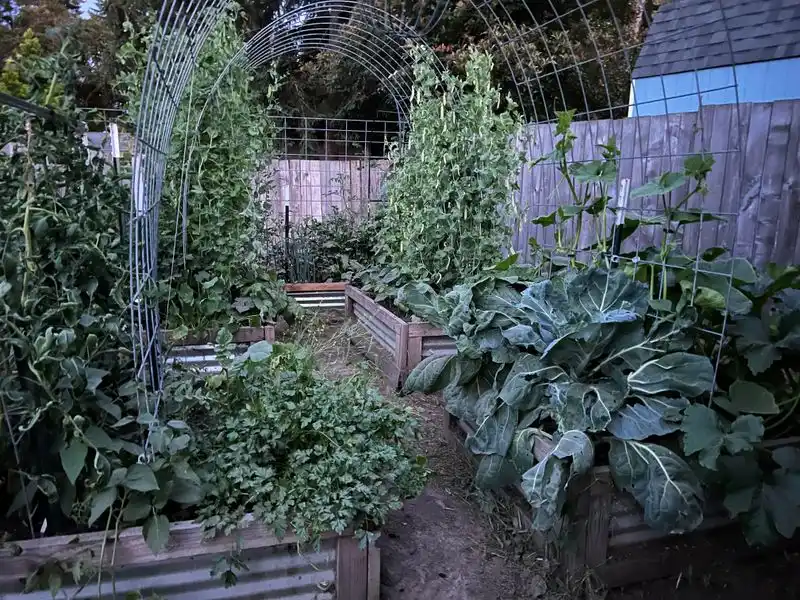
Skipping pathways might save on materials, but it sacrifices clarity and structure. Without defined paths, gardens can feel chaotic and smaller than they are. Picture winding paths lined with small stones or bricks guiding you through the greenery. These walkways not only provide direction but also lead the eye, creating a journey through the garden. By establishing clear routes, you invite exploration and interaction, making the space seem larger and more organized. Remember, a well-planned path is like a narrative, directing flow and enhancing the overall experience of your yard.
Using Monochrome Plants
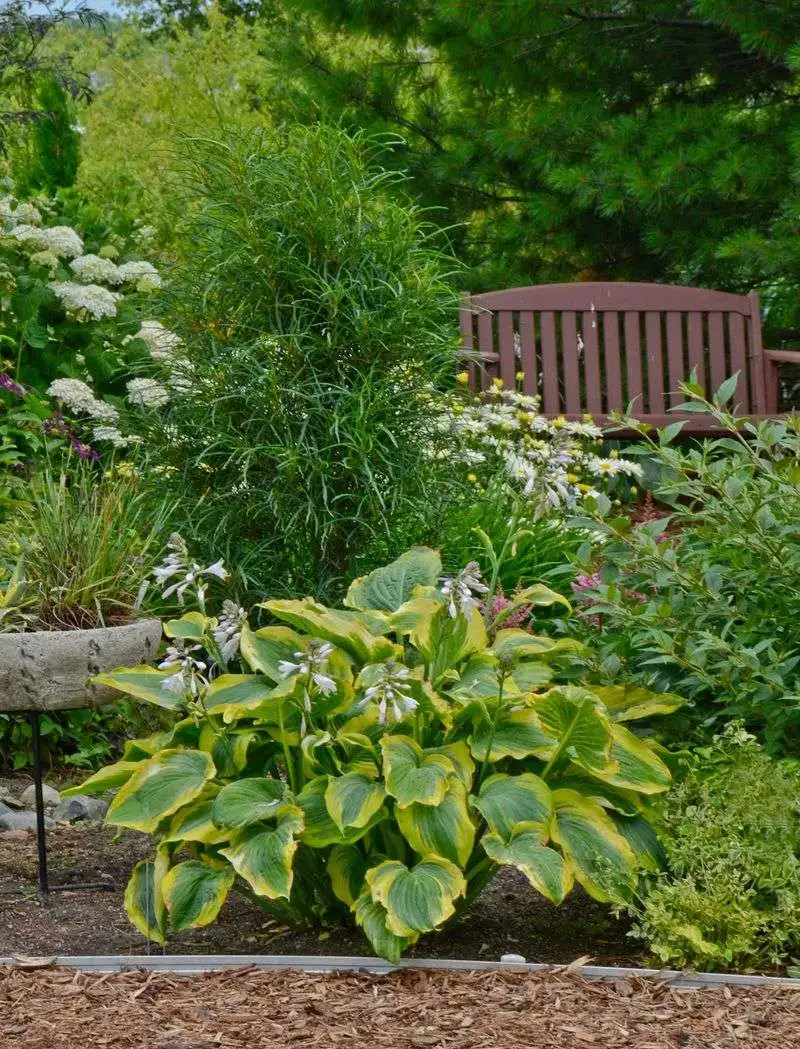
Relying solely on one color can make a garden appear flat and uninspiring. Diversity in color brings vibrancy and depth, invigorating the senses. Imagine a burst of reds, purples, and yellows mingling together, each hue complementing the next, creating a visual feast. This palette not only adds interest but also affects perception of space, with lighter tones making areas feel more open. By embracing a varied color scheme, your garden transforms into a lively retreat, inviting visitors to linger and soak in the beauty of nature’s spectrum.
Ignoring Vertical Space
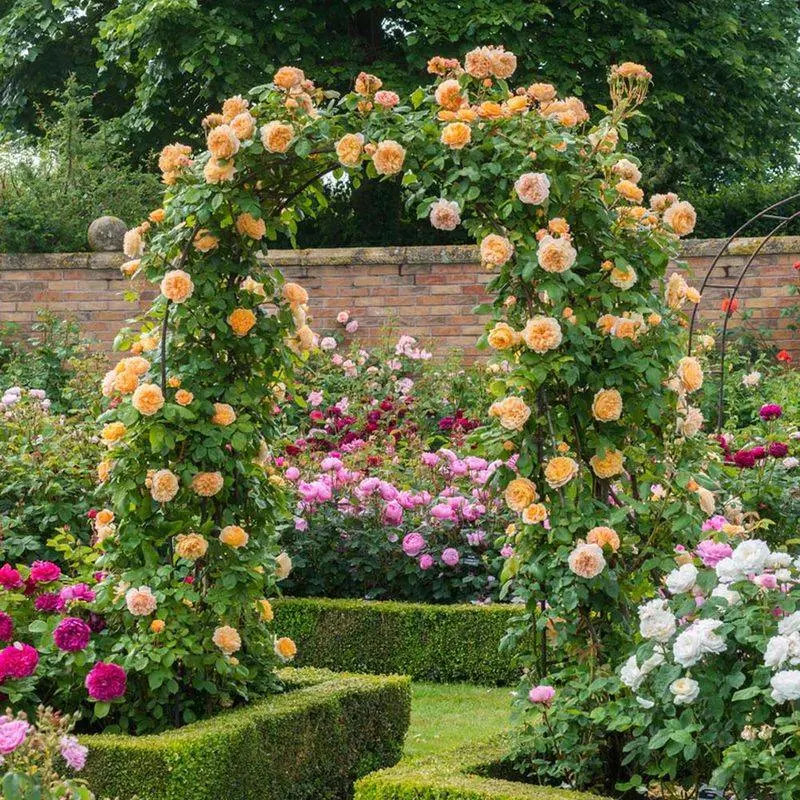
A garden confined to ground level misses the opportunity to utilize vertical space, often leading to a more cramped feel. Envision trellises adorned with climbing roses or vertical gardens that draw the eye upwards, creating an illusion of height and expansiveness. These elements not only enhance visual interest but also provide additional growing areas, maximizing space efficiency. Utilizing verticality can transform a small yard into a dynamic landscape, encouraging exploration and wonder. Think of it as adding layers to your garden canvas, where every inch contributes to the masterpiece.
Poor Lighting Choices
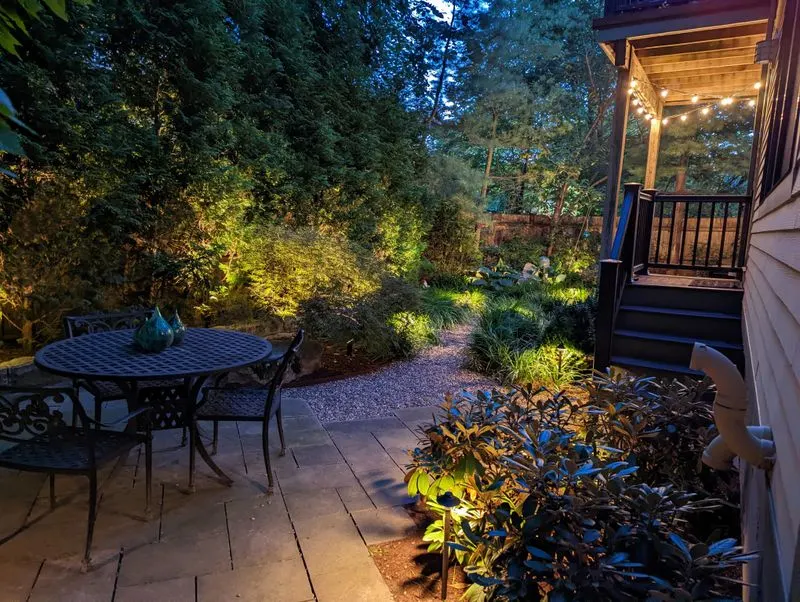
The wrong lighting can overshadow your garden’s beauty, casting harsh shadows and dimming its allure. Picture subtle, ambient lighting highlighting pathways and key features, creating a cozy and inviting atmosphere. Soft lights enhance the garden’s natural beauty and extend its usability into the evening hours. Consider solar lights or string lights entwined among trees, adding magic and warmth. Proper lighting not only enhances aesthetics but also ensures safety and ambiance, turning your garden into an enchanting night-time retreat. It’s all about finding that perfect glow.
Neglecting Seasonal Interest
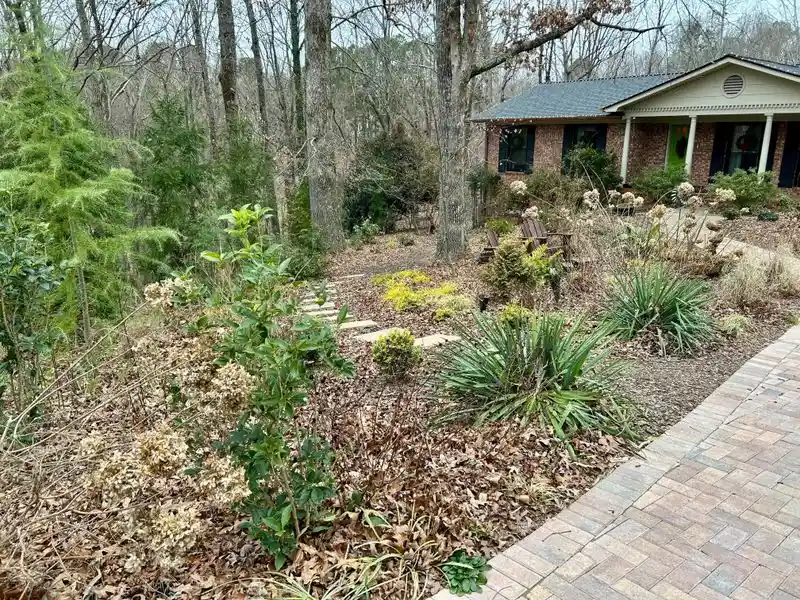
A garden that only thrives in one season can feel empty and uninviting during off-peak times. Imagine evergreens providing structure and color in winter, while spring bulbs promise bursts of life as the seasons change. By planting for all seasons, your garden remains vibrant and engaging year-round. Consider the rustling of autumn leaves or the gentle blooms of winter flowers adding texture and interest. This approach not only enhances your garden’s beauty but also maximizes its potential, ensuring it remains a captivating space regardless of the season.
Creating Layered Planting

By layering plants of different heights and textures, you can achieve a garden that feels spacious and dynamic. Imagine tall shrubs at the back, mid-height perennials in the middle, and ground covers at the front. This arrangement draws the eye across the landscape, creating a sense of depth. Consider the gentle rustle of tall grasses swaying in the breeze, while shorter plants add bursts of color closer to the ground. This layered approach not only maximizes visual interest but also optimizes plant health, as each layer receives the appropriate amount of light.
Establishing Clear Pathways
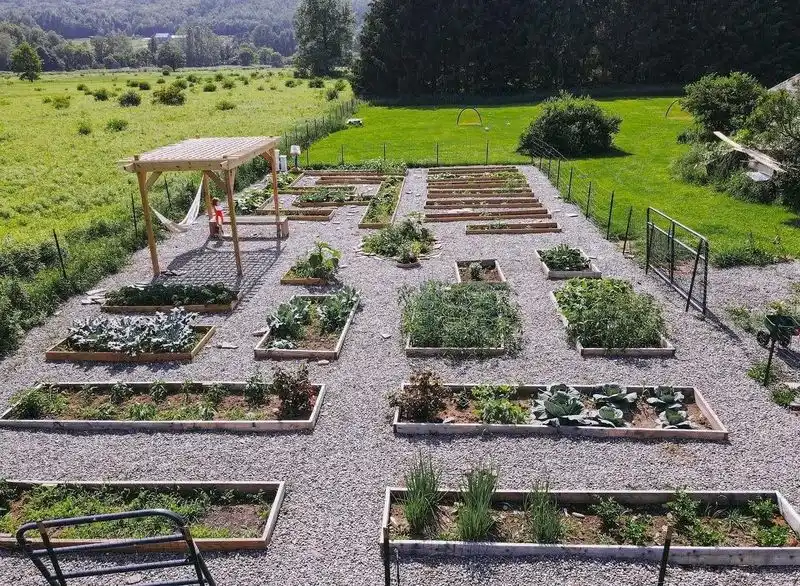
Crafting well-defined pathways not only organizes your garden but also enhances its visual appeal. Picture a meandering path of gravel or stone that invites you to wander among the greenery. These routes guide the eye and provide structure, making the space feel larger and more accessible. Imagine stepping stones leading to a hidden nook or a wooden boardwalk traversing a floral display. By creating clear paths, you encourage exploration and enjoyment, adding character and charm to your garden. It’s about making every journey through your outdoor space an experience in itself.
Incorporating Color Diversity
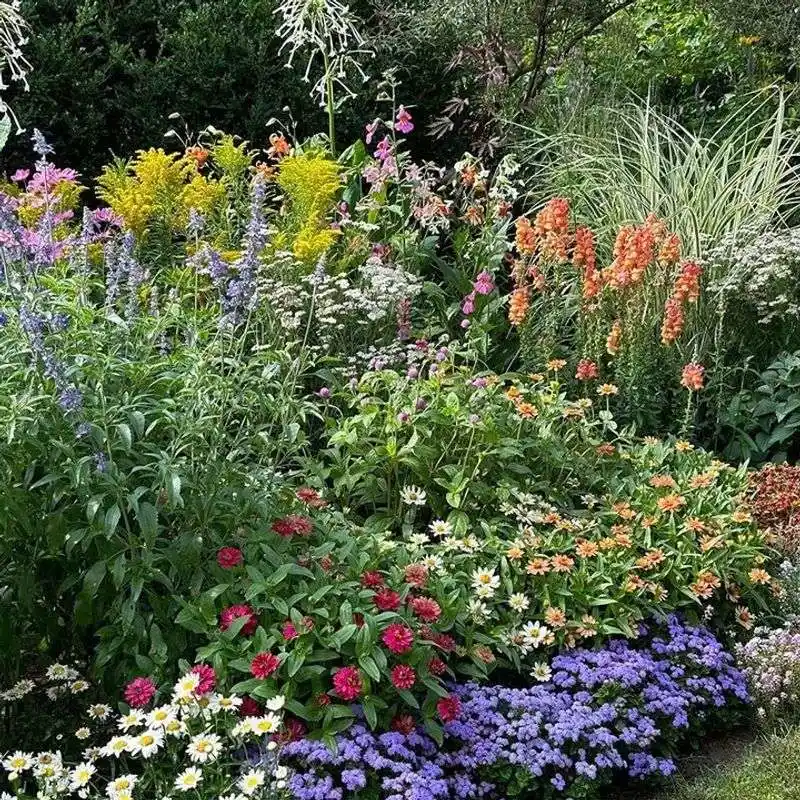
A garden bursting with a kaleidoscope of colors brings energy and life, captivating the senses. Picture a vivid array of blossoms, each hue playing off the next, creating a harmonious blend that draws you in. This colorful tapestry not only enlivens the space but also affects how we perceive size, with lighter shades adding a sense of airiness. By embracing diverse colors, your garden becomes a dynamic and engaging escape, a place where every visit reveals a new perspective. It’s about painting with nature’s palette, where every color tells a story.
Maximizing Vertical Elements

Incorporating vertical elements can dramatically alter your garden’s ambiance, adding height and intrigue. Imagine ivy climbing up trellises or hanging baskets offering splashes of color at eye level. These features draw the eye upwards, creating an impression of space and openness. Visualize a living wall as a backdrop, adding texture and vibrancy. Vertical gardening not only enhances aesthetics but also increases planting space, making it perfect for smaller yards. It’s about utilizing every dimension of your garden, crafting a space that’s as functional as it is beautiful.
Enhancing with Subtle Lighting
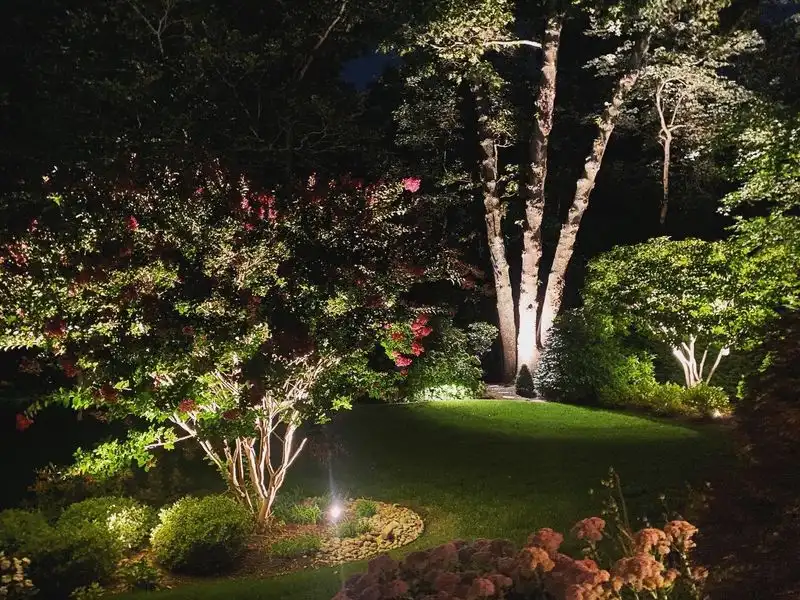
Subtle lighting can transform your garden into a nighttime haven, enhancing its beauty and usability. Imagine the gentle glow of pathway lights guiding your steps or string lights casting a warm ambiance across a patio. This illumination not only highlights key features but also extends the enjoyment of your garden into the evening. Consider solar-powered fixtures or lanterns nestled among the foliage, adding both practicality and charm. By enhancing with lighting, your outdoor space becomes a sanctuary, inviting you to linger and appreciate its nighttime allure.
Planning for All Seasons
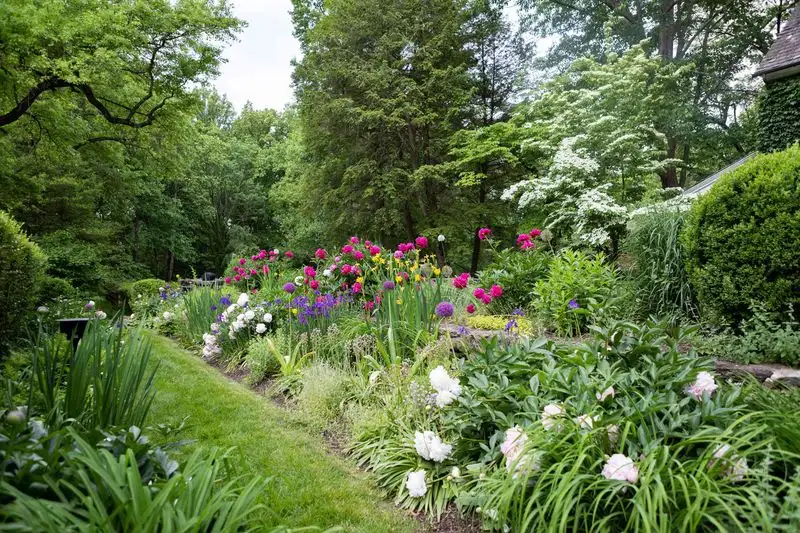
Ensuring your garden offers interest year-round can create a space that’s always inviting. Imagine a tapestry of evergreen foliage providing structure, with seasonal blooms adding bursts of color throughout the year. Think of spring tulips giving way to summer roses, or autumn’s fiery hues blending into winter’s evergreens. This approach not only maintains visual interest but also enhances the garden’s functionality, offering a space that evolves with the seasons. By planning for all seasons, your garden becomes a living masterpiece, ever-changing and always engaging.

